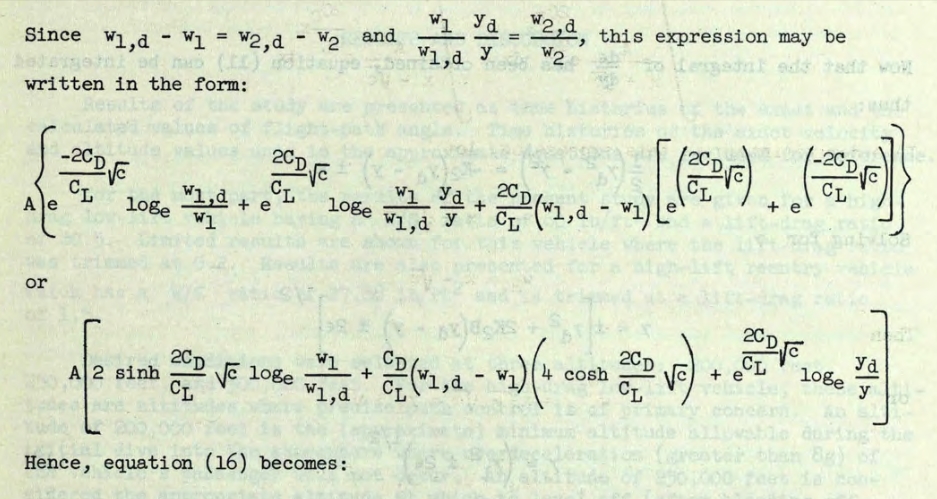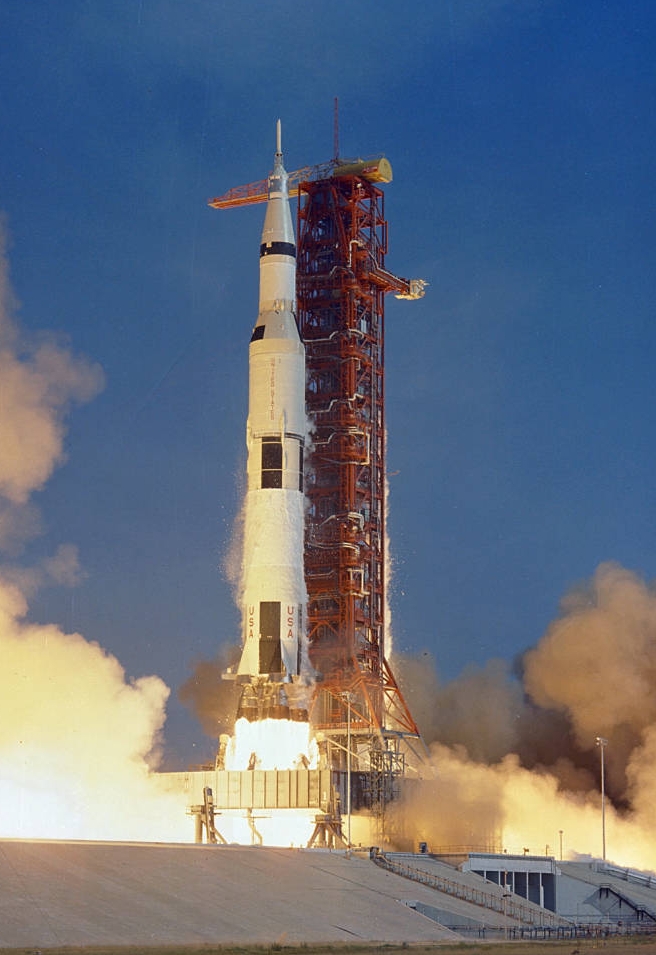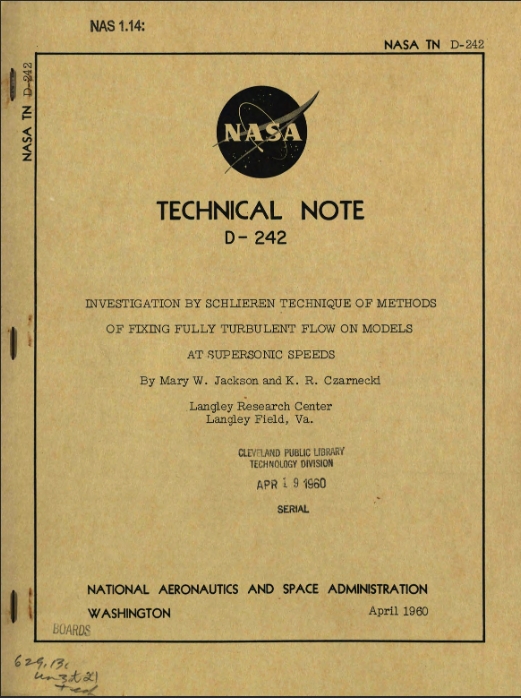Part of the American Epic: Katherine Johnson and Mary Jackson

If you’ve watched any television in the past twelve months, or read any newspapers, or consumed media of any kind, you have probably heard of the award-winning film Hidden Figures. The film is based on Margot Lee Shetterly’s 2016 book of the same name, which tells the story of real-life pioneers: African American women who worked as human computers at the National Aeronautics and Space Administration (NASA), beginning in the 1940s and continuing through the Civil Rights movement and the space race. NASA’s roots lie in the National Advisory Committee for Aeronautics, or NACA, which was established in 1915 and focused on aeronautic research. In 1958, NACA dissolved and its employees were transferred to NASA. Among those employees were Katherine G. Johnson and Mary W. Jackson.

Katherine Goble Johnson was born in West Virginia in 1918. As a child, she displayed an aptitude for mathematics and, four years after graduating high school in 1932 – yes, she was just fourteen when she graduated – she enrolled at West Virginia State College. While in college she took every math class available to her, and graduated summa cum laude a year later. In 1939, she became the first African American woman to desegregate West Virginia University, where she began their graduate math program. She left before obtaining her graduate degree, however, so she could start a family with her husband.
Johnson began her career as a math teacher, but left teaching to join NACA in 1953, where she worked as a “human computer.” While at NACA and, later, after transferring to NASA, she calculated trajectories and re-entry plans for numerous space flights, including the 1961 flight of Alan Shepard, making her an integral player in the space race. According to NASA, “Even after NASA began using electronic computers, John Glenn requested that she personally recheck the calculations made by the new electronic computers before his flight aboard Friendship 7 – the mission on which he became the first American to orbit the Earth” (you can read more about John Glenn in previous Ohio Memory blog posts here and here). She continued her career with NASA until 1986 and, in 2015, received the Presidential Medal of Honor from President Barack Obama.
Mary W. Jackson was a native of Hampton, Virginia, where she lived her entire life (1921-2005). Like Johnson, she had a strong interest in math and began her career in mathematics as a teacher. In 1951, she was recruited by NACA to work in the human computing pool. Two years later, she received an offer to work for engineer Kazimierz Czarnecki in a 4’ x 4’ Supersonic Pressure Tunnel, which NASA describes as “a 60,000 horsepower wind tunnel capable of blasting models with winds approaching twice the speed of sound.” It was Czarnecki who suggested that Jackson enter a training program that would enable her to become an engineer. According to NASA, the program was held at the still-segregated Hampton High School, forcing Jackson to obtain special permission to attend. She not only got permission, but completed the program in 1958 and earned the title of engineer, possibly the first black female engineer in the industry.

After twenty years, Jackson became frustrated with the lack of available opportunities for promotion for women in her field. As a result, she changed fields and began working as Federal Women’s Program Manager, taking a demotion in the process. She retired in 1985 after working for over thirty years to create a path to success for women at NASA.
This week, we would like to share NASA technical notes authored by these two remarkable women. From Katherine Johnson and co-author Jack White is Approximate Solutions for Flight-Path Angle of a Reentry Vehicle in the Upper Atmosphere from 1964. Mary Jackson’s document, which she wrote with then-supervisor Kazimierz Czarnecki, is entitled Investigation by Schlieren Technique of Methods of Fixing Fully Turbulent Flow on Models at Supersonic Speeds, published in 1960. Both are extremely challenging for the layperson, and so readers of this blog may have difficulty understanding their contents. Still, their value goes beyond the figures on the pages.
Margot Shetterly, in her introduction to Hidden Figures, explains her desire to write about these remarkable women as follows:
“I started to want something more for them than just putting them on the record. What I wanted was for them to have the grand, sweeping narrative that they deserved… Not told as a separate history, but as a part of the story we all know…. And not just because they are black, or because they are women, but because they are part of the American epic.” (Hidden Figures, page 16)
This is the recognition that these women, and people like them, deserve, and we are thrilled to help share their incredible stories.
Thank you to Shannon Kupfer, Digital Initiatives Librarian at theState Library of Ohio, for this week’s post!



Leave a Reply
You must be logged in to post a comment.